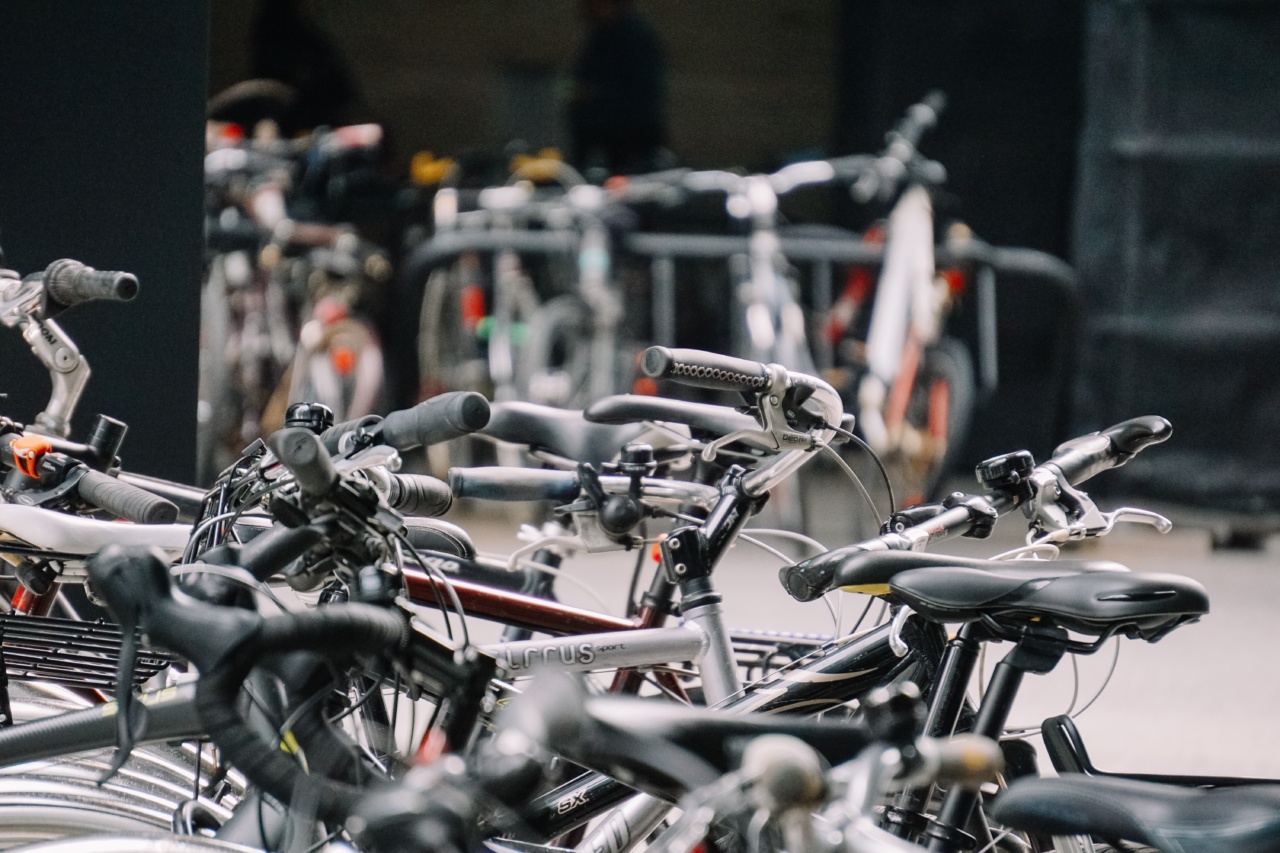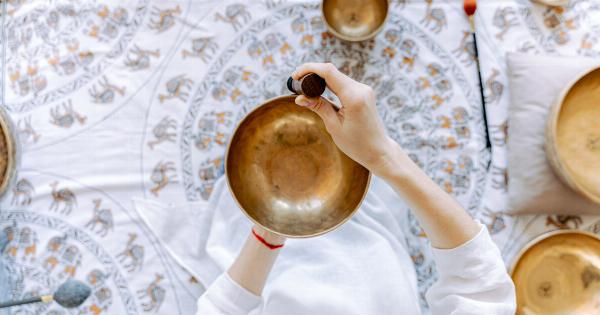Compulsive behaviors are actions that people feel the urge to do over and over again, even if they know the behavior is causing them harm.
While some of these behaviors may seem harmless, they can escalate into more severe forms that can affect the person and their loved ones.
Here are 10 common compulsive behaviors that people engage in:.
1. Skin Picking
Skin picking is a type of compulsive behavior that involves picking at the skin, usually to remove perceived imperfections. This behavior can lead to skin damage, scarring, and infections.
People with skin picking disorder often feel embarrassed and ashamed of their behavior, which can lead to social isolation and anxiety.
2. Hair Pulling
Hair pulling, also known as trichotillomania, is a type of compulsive behavior that involves pulling out hair from the scalp, eyebrows, eyelashes, or other areas of the body. This behavior can lead to bald patches, skin damage, and infections.
People with trichotillomania often feel a sense of relief or pleasure after pulling out their hair, which reinforces the behavior.
3. Nail Biting
Nail biting is a common compulsive behavior that involves biting or picking at the nails. This behavior can lead to nail damage, infections, and pain.
Nail biting is often associated with anxiety and stress, and can serve as a coping mechanism for these emotions.
4. Checking
Checking is a type of compulsive behavior that involves repeatedly checking things, such as locks, appliances, and other objects.
People with checking disorder often feel a sense of anxiety or fear if they don’t check things multiple times, even if they know that the items are secure. This behavior can be time-consuming, and can interfere with daily activities.
5. Counting
Counting is a type of compulsive behavior that involves counting things, such as steps, objects, or numbers.
People with counting disorder often feel a sense of anxiety or discomfort if they don’t count things, even if the counting serves no practical purpose. This behavior can be disruptive and lead to social isolation.
6. Hoarding
Hoarding is a type of compulsive behavior that involves collecting and storing objects, even if the objects have no practical or sentimental value. Hoarding can lead to cluttered living spaces, unsanitary conditions, and fire hazards.
People with hoarding disorder often have emotional attachments to the objects they collect, and the thought of discarding them can cause distress.
7. Washing
Washing is a type of compulsive behavior that involves excessive cleaning or washing of the hands, body, or objects.
People with washing disorder often feel a sense of anxiety or fear of germs, and the only way to alleviate the anxiety is to wash excessively. This behavior can lead to skin damage, infections, and interfere with daily activities.
8. Excessive Exercise
Excessive exercise is a type of compulsive behavior that involves working out for extended periods, often past the point of exhaustion.
People with exercise disorder often feel a sense of guilt or anxiety if they don’t meet their exercise goals, which can lead to injuries and physical damage. This behavior can also interfere with social and work activities.
9. Eating Disorders
Eating disorders, such as anorexia and bulimia, are types of compulsive behaviors that involve restrictive eating patterns, binge eating, and purging. These behaviors can lead to malnutrition, digestive problems, and other health complications.
Eating disorders are often associated with body image issues and low self-esteem.
10. Shopping Addiction
Shopping addiction is a type of compulsive behavior that involves buying unnecessary items, even if the person can’t afford them or they don’t have the space for them.
This behavior can lead to financial problems, cluttered living spaces, and social isolation. People with shopping addiction often use shopping as a way to cope with emotions or to gain a sense of control.





























